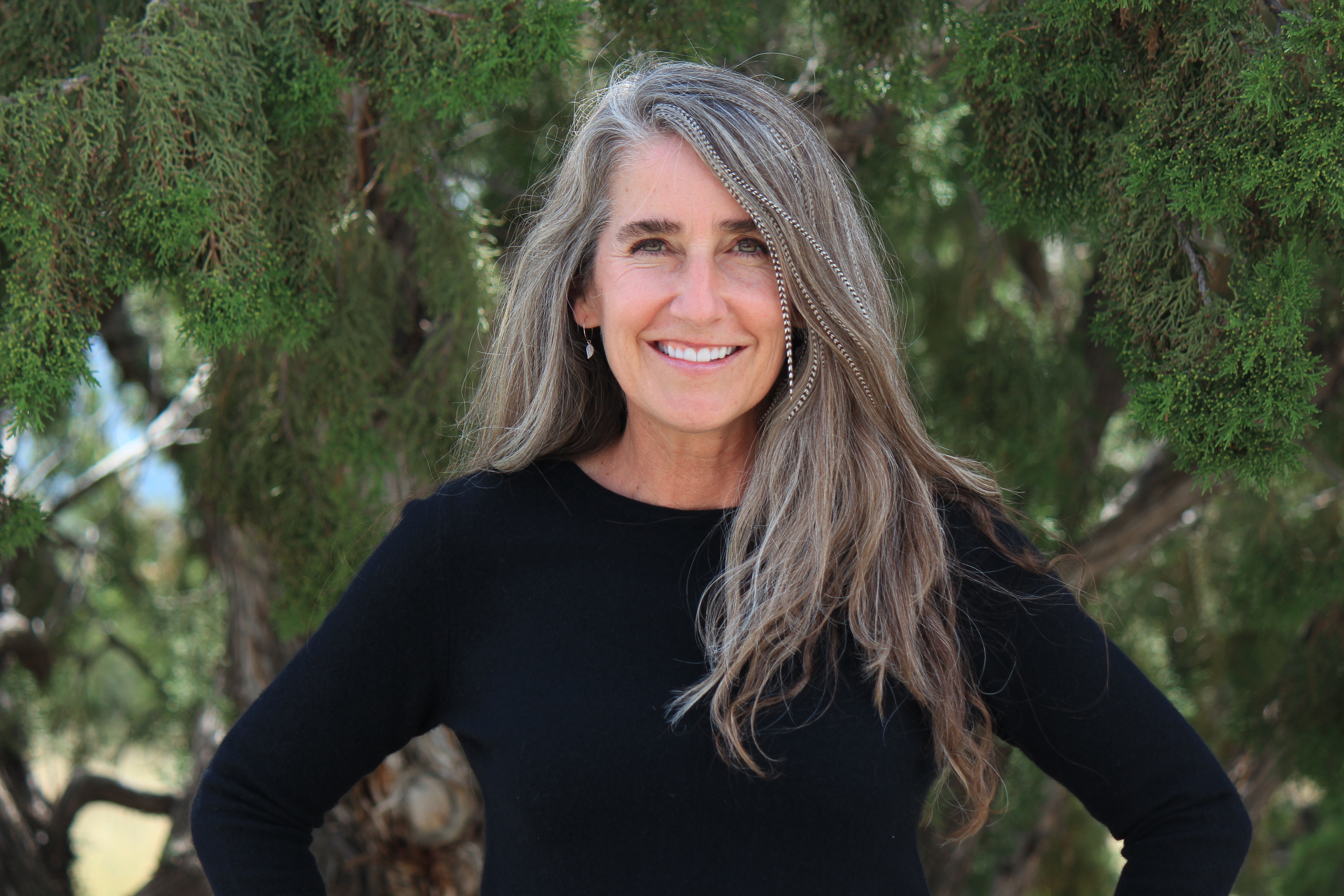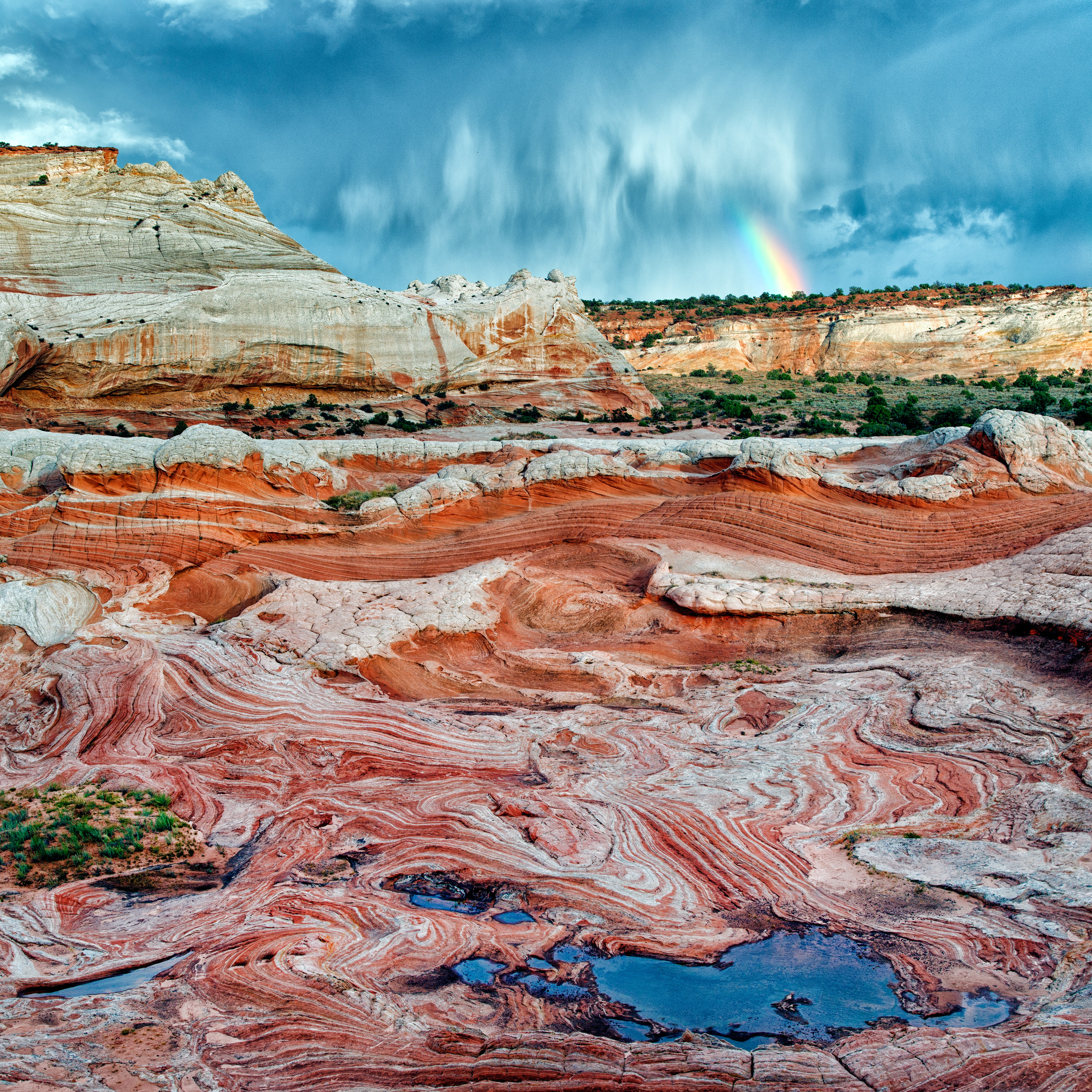


Sara Dant‘s book, Losing Eden: An Environmental History of the American West covers the long history of human habitation on the North American continent—from the time that megafauna like elephants, camels, and sabertooth felines roamed the land, to Indigenous harmonious co-existence with nature, to European colonization and market capitalism, which resulted in unspeakably brutal exploitation of species, landscapes, air, and water. Dant holds a vision of regeneration and sustainability, in which we are all participants, where business, agriculture, and healthy ecosystems can co-exist.
Vermillion Cliffs photo by Bob Wick, BLM
TIMELINE
2’36 the Garden of Eden myth
5’24 early indigenous land management
5’48 the idea that people ruin the environment forgets that we’re part of nature
6’38 big animals went extinct–elephants, camels, sabertooth cats and fish—when the first humans arrived
7’56 early inhabitants of the continent were in balance with their environment and didn’t tend to overuse or overpopulate it
8’55 the use of fire to alter the landscape—creates what Europeans thought was the natural Eden, but actually came from land management
10’13 indigenous land management gave opportunities to beavers, and when Europeans came in and killed them there were more fires
11’04 what indigenous people ate
13’13 the rise of agriculture gave rise to a more sedentary life
14’09 agriculture gave rise to specialization and more complex culture
15’43 advantages and disadvantages of corn as a dietary staple
16’35 class stratification in indigenous societies, e.g. Chaco
17’14 agriculture leads to government because of food distribution
18’17 all the environmentally unfriendly contributions of European colonizers
19’17 when nature is commodified in a market system then it’s damaged because people don’t see the big picture and have a skewed sense of what is valued
21’31 the effect of beavers on an ecosystem
22’58 beaver felt hats
24’56 reintroducing beavers
25’26 link to Ben Goldfarb show
27’48 the rise of big business after the Civil War, including agriculture and ranching
30’42 the damage of the railroads
32’15 the West as a colony of the Eastern US
33’13 the fatal flaw of the Homestead Act
35’54 John Wesley Powell’s famous watershed map (see above)
37’53 the problem with American impatience
38’40 the myths of taming wildness, subduing savages, bring order from chaos—and their horrifying results
41’39 the difference between “conservation” and “preservation” in the late 19th century
44’16 the idea of nature as a place to renew your soul is fairly recent–before that nature was dangerous
46’02 the formation of national parks
47’59 the Wilderness Act of 1964
48’18 the role of ecosystem services
49’16 the Endangered Species Act
50’21 the role of nature in allowing people to survive
52’03 finding consensus in conservation, a robust bipartisanship
55’59 bringing together commerce and sustainability
58’01 sustainability has to take into account features of US society like individualism and markets
59’10 the connection between beauty and sustainability



Subscribe:
Apple Podcasts
Spotify